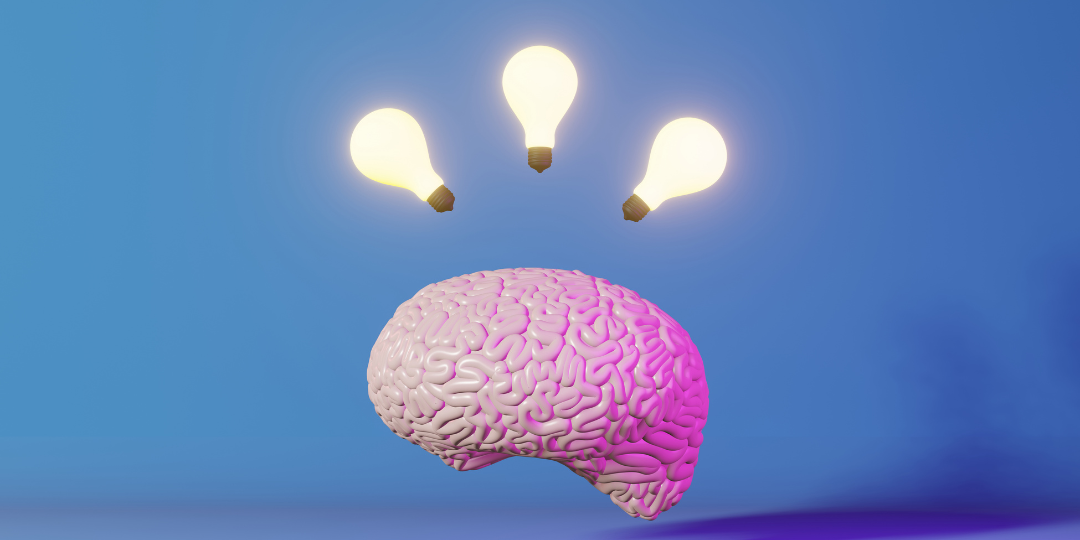The psychology of color in lighting: which color suits which mood?
- Posted on
- 0

Colors have a powerful effect on our emotions, moods and even our behavior. In the context of lighting, different colors can create a unique atmosphere and affect people's psychological state. In this extensive blog post we dive deep into the world of the psychology of color in lighting, exploring which colors match which moods and how you can use this knowledge to create the perfect atmosphere in your living spaces.
Warm White: Comfort and Coziness
Warm white light, with a color temperature of approximately 2700K to 3000K, evokes a feeling of warmth and coziness. It creates an intimate atmosphere and is often used in bedrooms, living rooms and dining areas. This color of light can be calming and provides a feeling of comfort, perfect for relaxation after a long day.

Cool White: Focus and Concentration
Cool white light, with a color temperature of approximately 4000K to 5000K, promotes alertness and concentration. It is often used in work areas, offices and kitchens. This bright, cool color increases visual clarity and stimulates the mind, making it ideal for tasks that require accuracy and concentration.
Blue Light: Calmness and Peace
Blue light, especially in softer shades, conveys a sense of calm and tranquility. It is often used in bathrooms and bedrooms. Blue light helps promote the production of melatonin, the sleep hormone, making it perfect for sleeping areas. However, too much blue light can increase alertness, so it's important to find the right balance.
Yellow Light: Positivity and Cheerfulness
Yellow light radiates positive energy and cheerfulness. It is often used in kitchens and dining areas. Yellow light can create a feeling of optimism and happiness, and it is a great choice for social spaces where people gather to enjoy each other's company.
Green Light: Balance and Harmony
Green light radiates a sense of balance and harmony, inspired by nature. It is often used in study rooms or offices where creativity and productivity are stimulated. Green light has a calming effect and helps to calm the mind, making it an excellent choice for spaces where relaxation and concentration are needed.

Red Light: Passion and Energy
Red light evokes emotions of passion, love and energy. It is often used in dining areas and entertainment areas. Red light has the power to increase heart rate and boost energy, making it ideal for social spaces where people gather to party and enjoy.
Conclusion: The Right Light for the Right Emotion
Understanding the psychology of color in lighting allows you to create the right atmosphere for any occasion. Whether you spend a relaxing evening in the living room, work focused in your office or organize a cheerful meeting, choosing the right color temperature and hue can make a big difference. With this knowledge in hand, you can influence people's emotions and moods, allowing you to create a hospitable, atmospheric environment that meets the needs of you and your guests.


Comments
Be the first to comment...